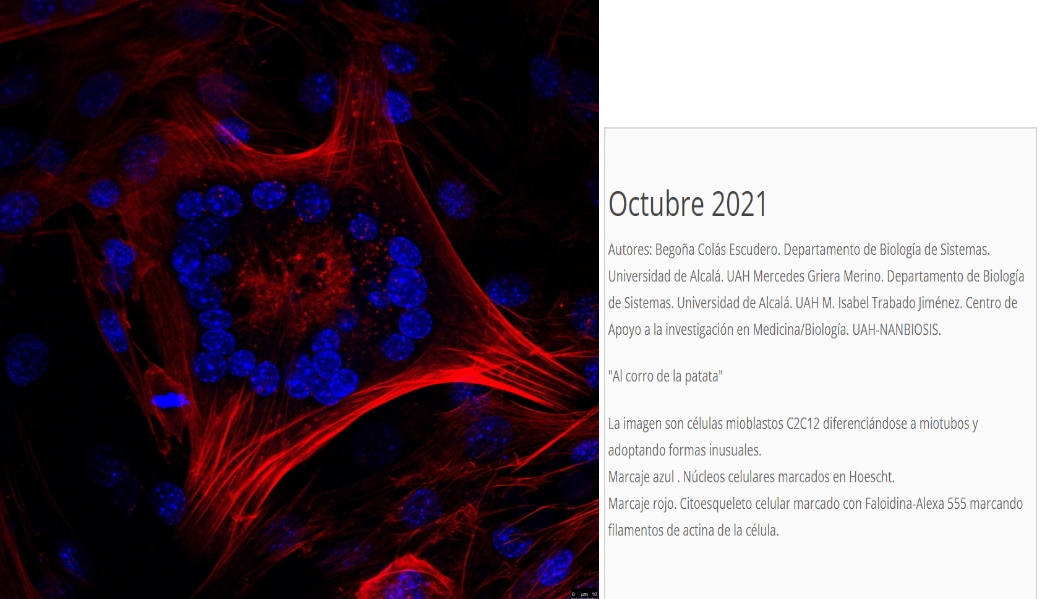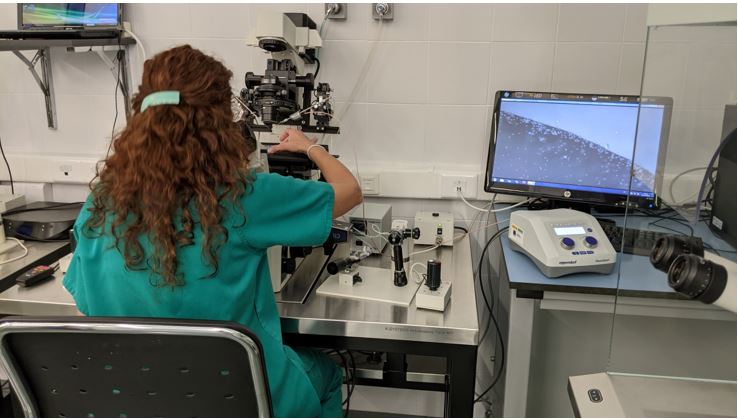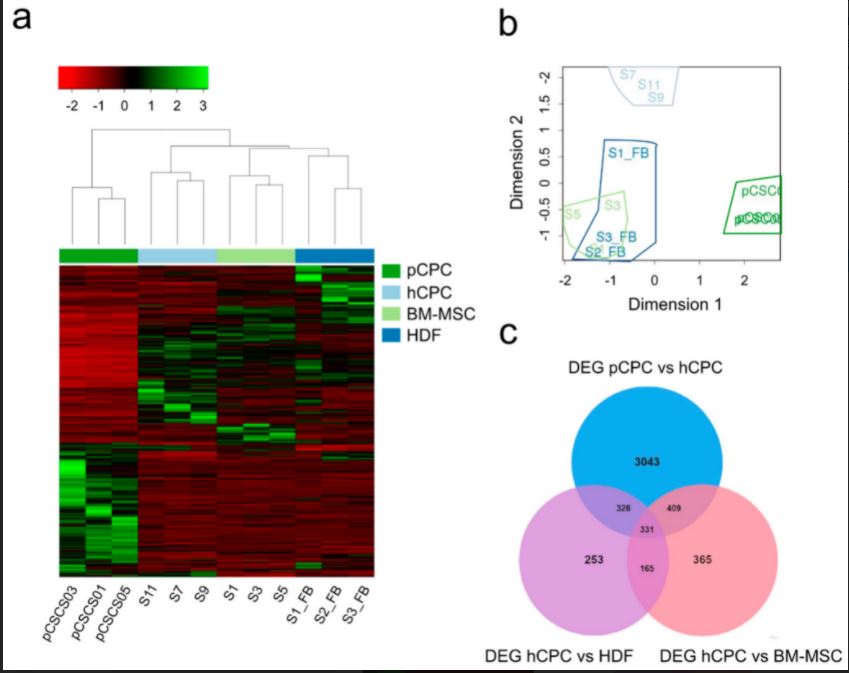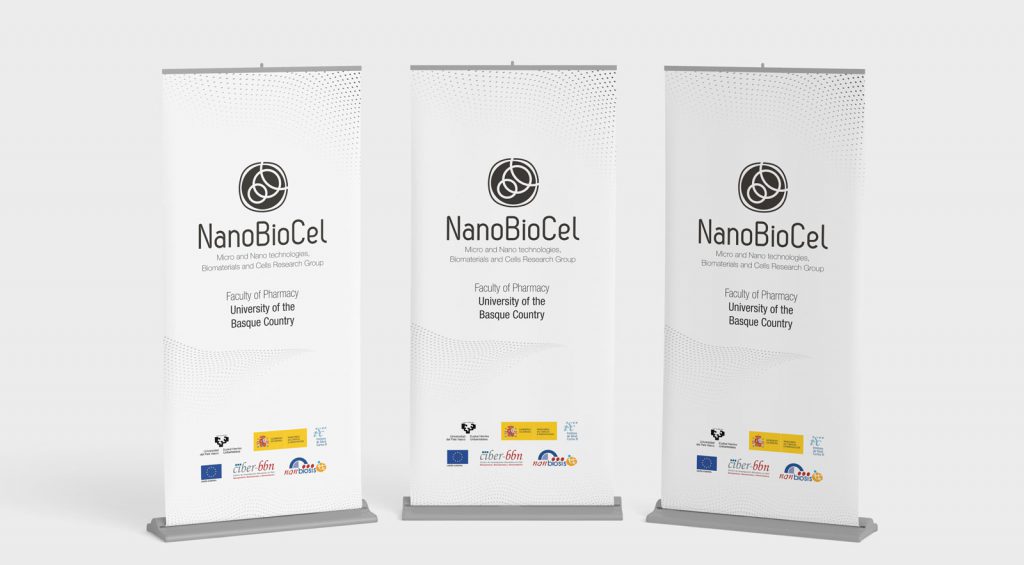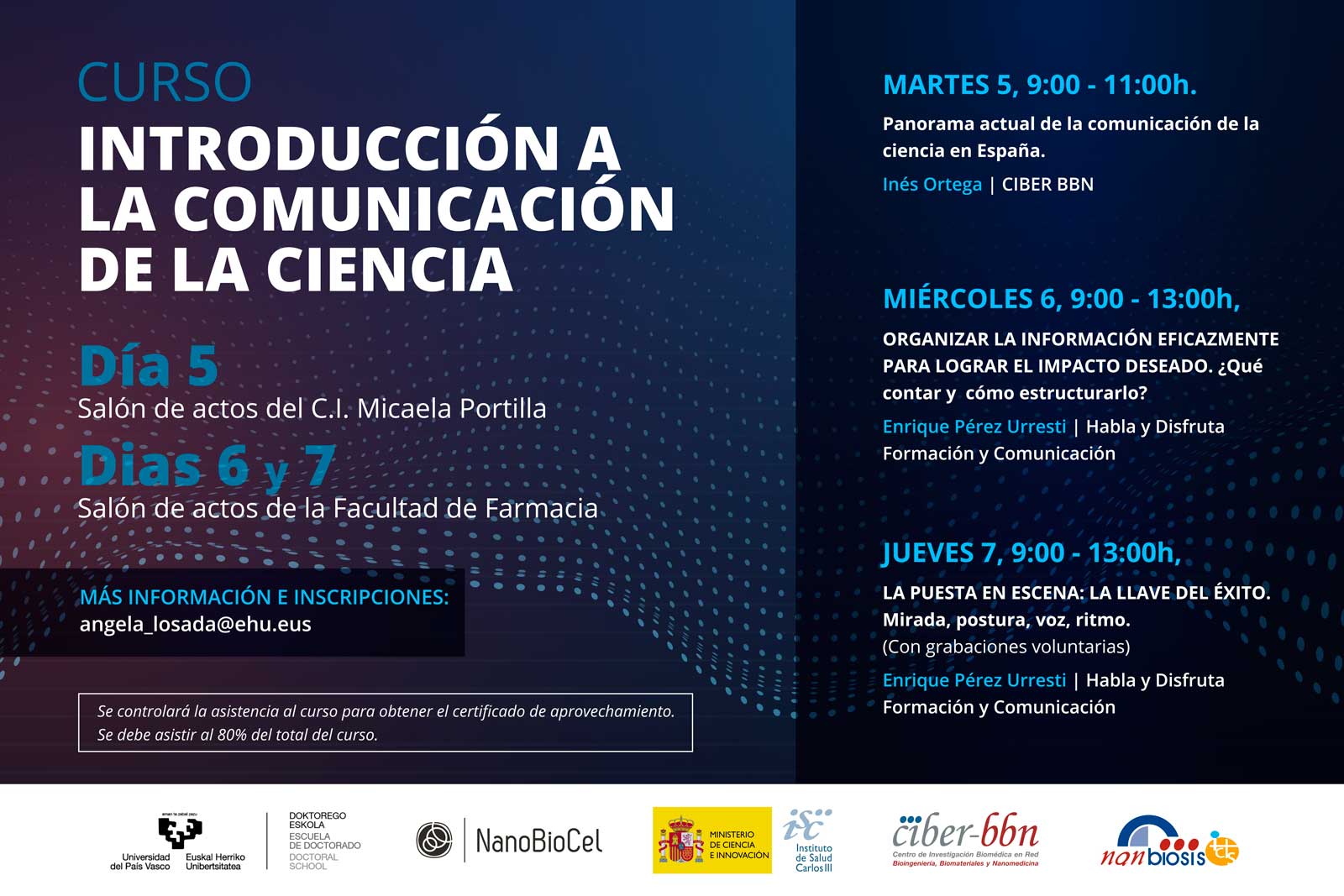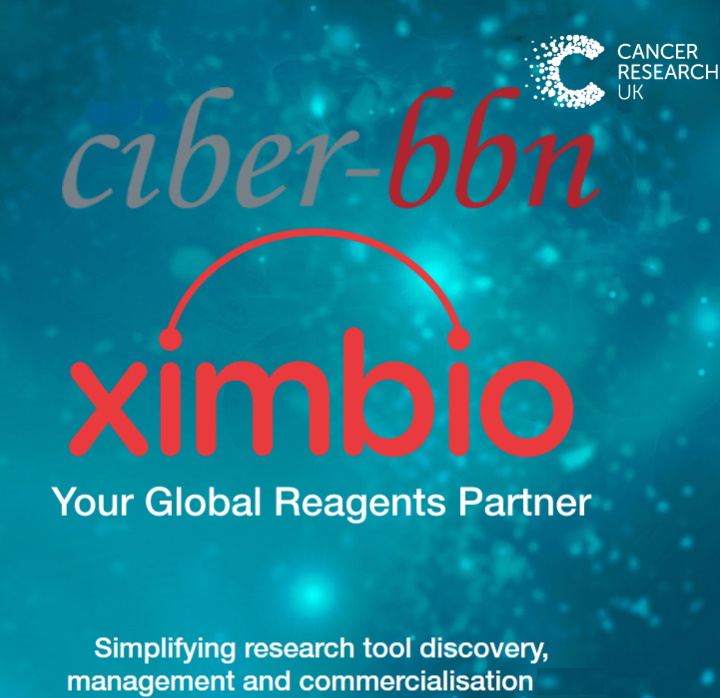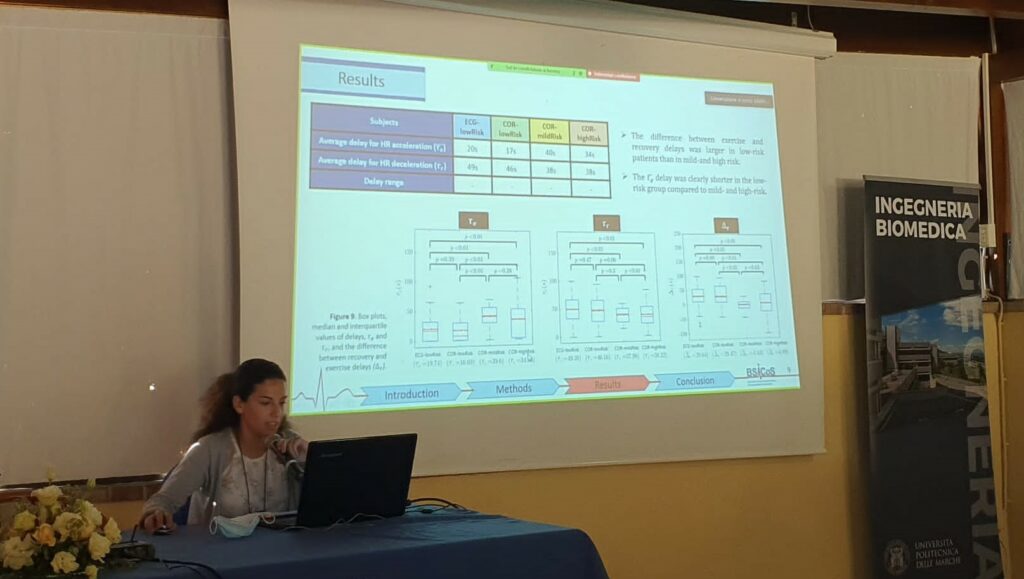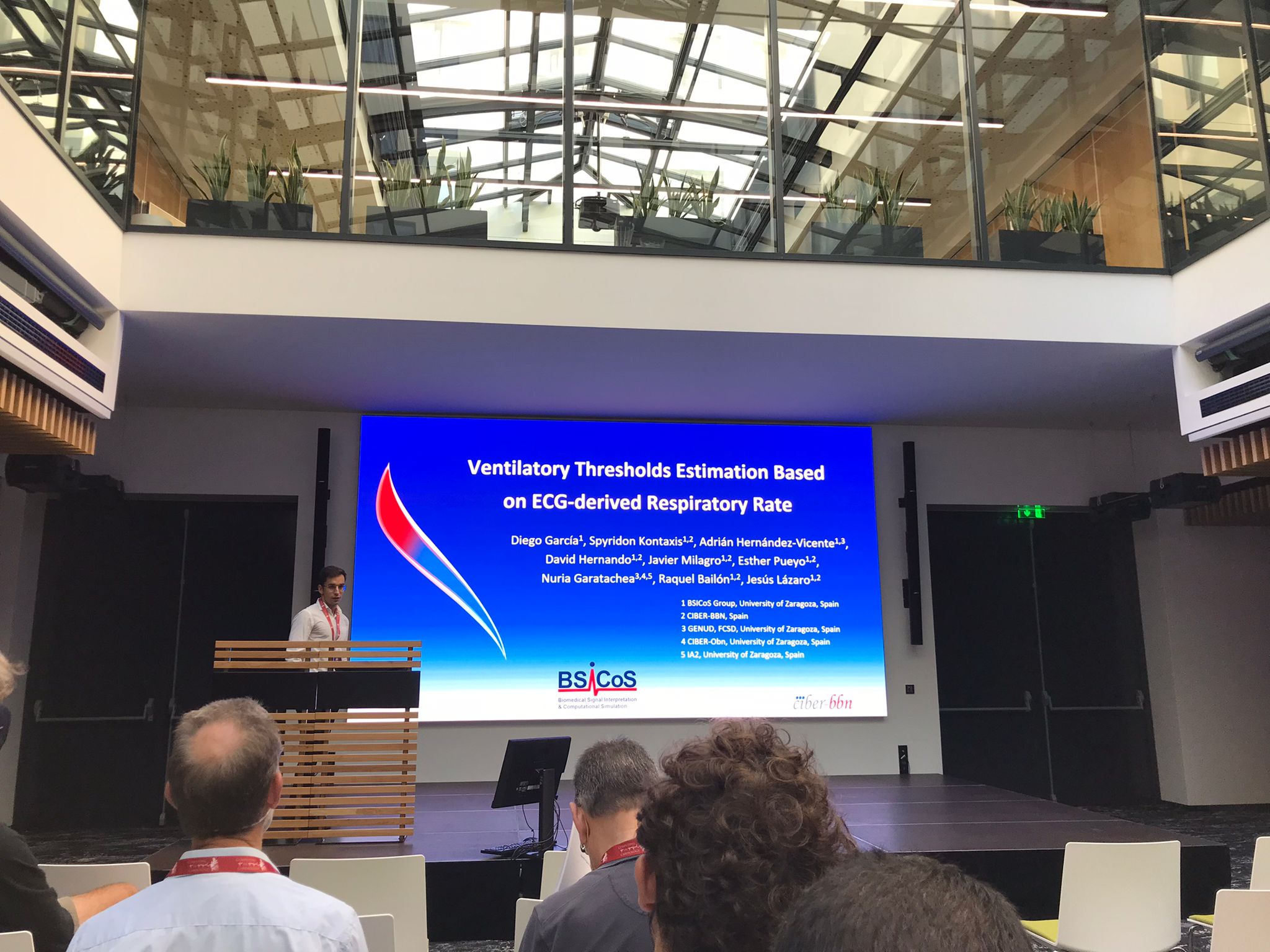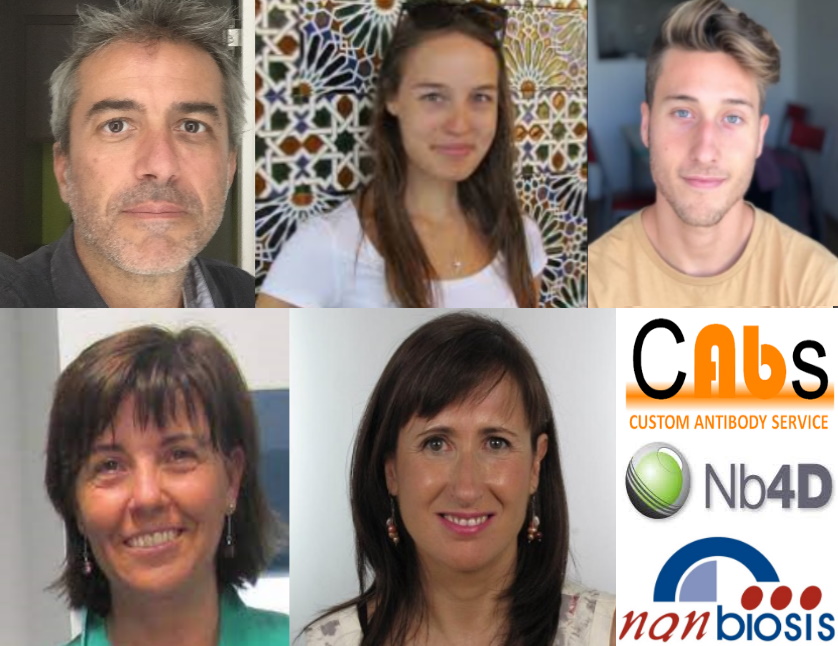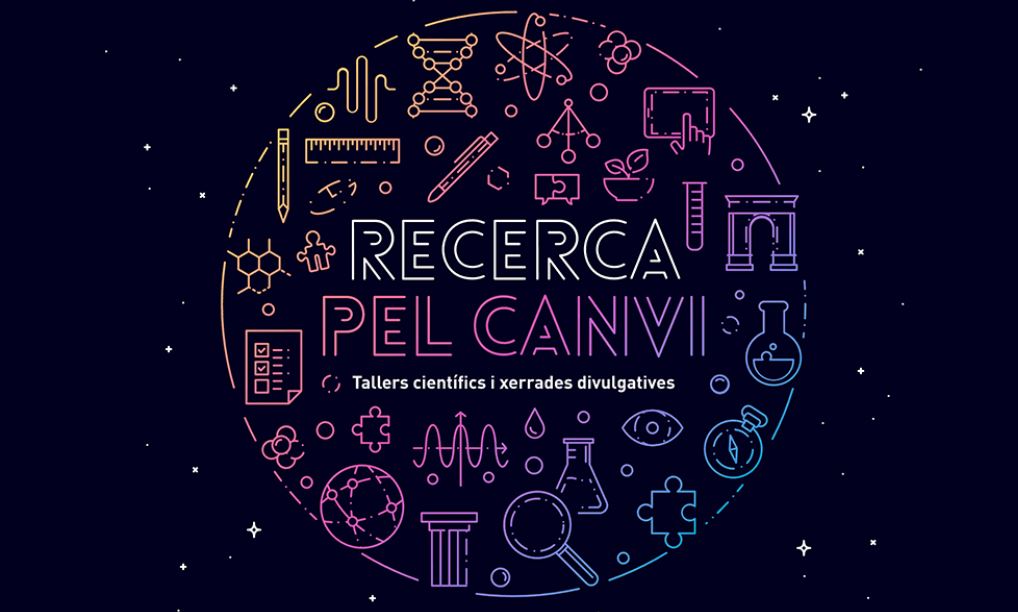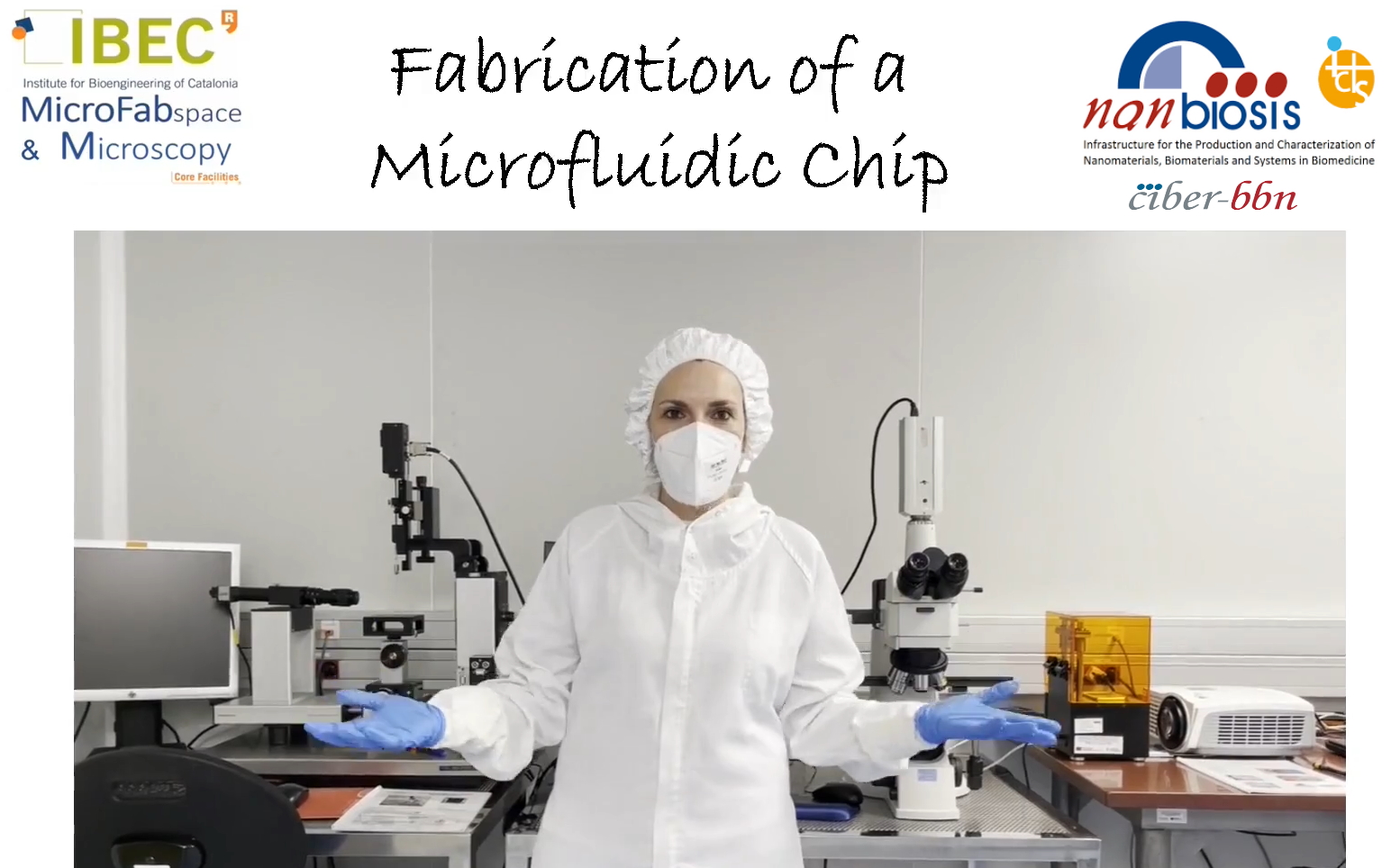“Ring Around the Rosy”
C2C12 myoblast cells differentiating into myotubes and adopting unusual shapes have been obtained and captured by resarchers of UAH and NANBIOSIS Unit 17 Confocal Microscopy Service (of CIBER-BBN and UAH) and and chosen photo of the month by the Spanish Society of Biochemistry and Molecular Biology (SEBBM)
The picture illustrates the month of October on the calendar that the SEBBM publishes and distributes annually among all partners, and is part of the gallery of images that illustrate the activities of the SEBBM. Likewise, the photography will participate in the “Best Scientific Image of the Year” contest. The winning image is awarded a grant to subsidize its attendance at the SEBBM Congress. Contributions participating in the contest will be exhibited in panels during the Congress
Authors:
Begoña Colás Escudero. Systems Biology Department. University of Alcalá. Mercedes Griera Merino. Systems Biology Department. University of Alcalá. M. Isabel Trabado Jiménez. Scientific Coordinator of NANBIOSIS – ICTS U17-Research Support Center in Medicine / Biology. UAH
Title: “Ring Around the Rosy”
The image is C2C12 myoblast cells differentiating into myotubes and adopting unusual shapes.
Blue marking: Hoescht-labeled cell nuclei.
Red marking: Cellular cytoskeleton labeled with Faloidin-Alexa 555 marking actin filaments of the cell.
For further information: here
